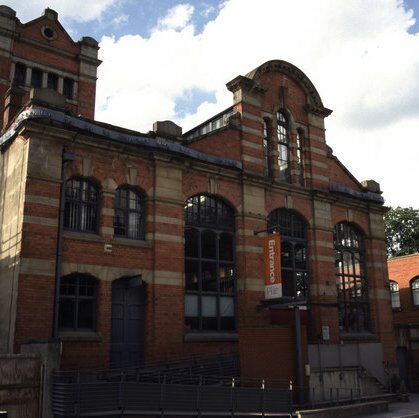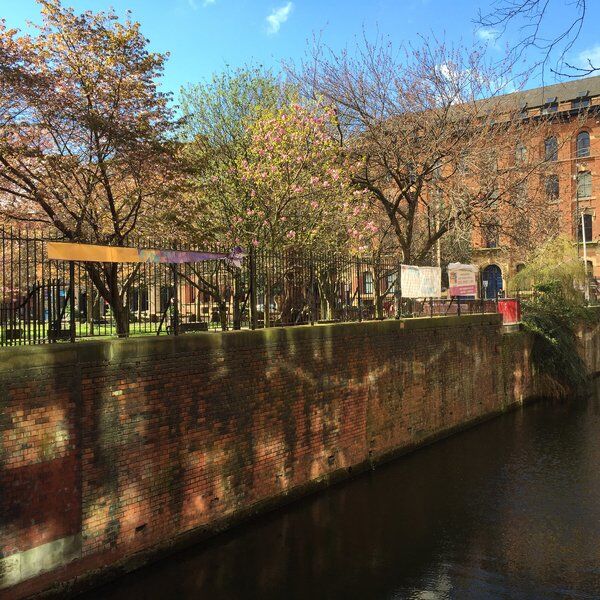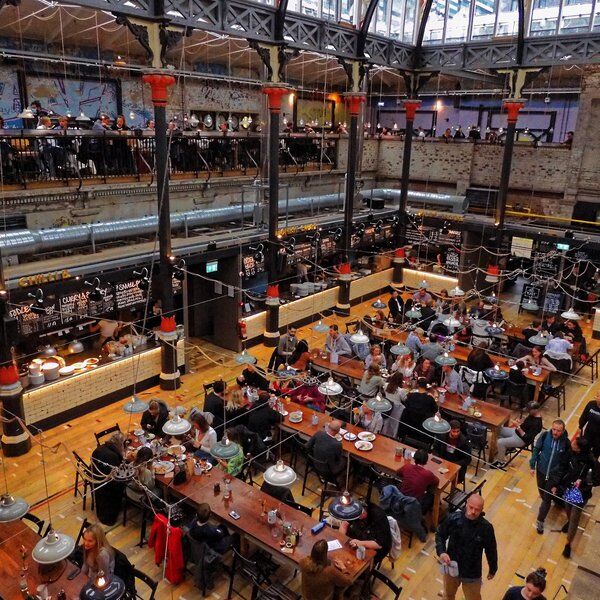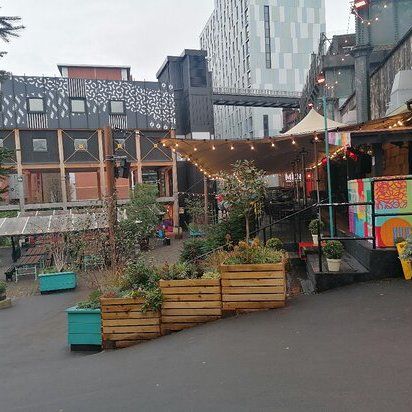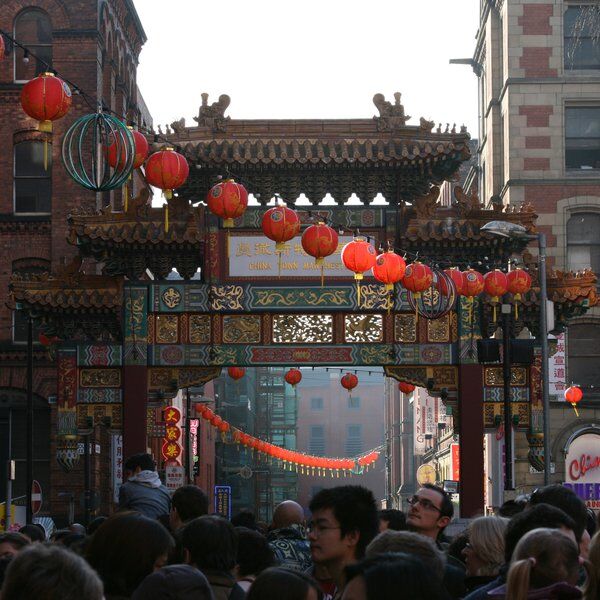
Discover Southern Cemetery
Southern Cemetery, located in Chorlton-cum-Hardy, Manchester, was opened in 1879, and now has more than 400,000 graves. The cemetery is bordered by Nell Lane, Princess Road, and Barlow Moor Road. Inside are gardens, long tree-lined avenues, and six Grade II listed buildings, including four historic Gothic-styled chapels.
The Meadow is a natural, eco-friendly burial area designed to promote native wildlife, plants, and wildflowers. Recognised with a Green Flag award in 2012, it’s a peaceful place for people to visit and feel close to their loved ones. Morrissey of The Smiths, a frequent visitor in his youth, is said to have been inspired by the cemetery for the song "Cemetery Gates."
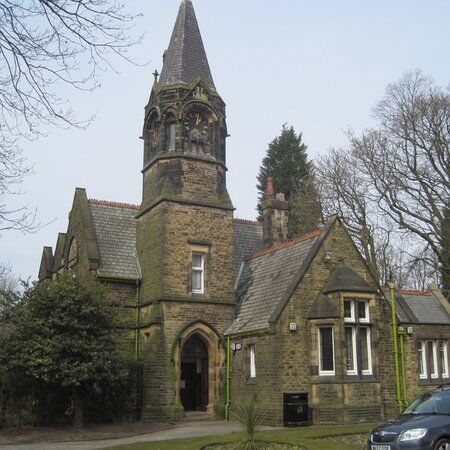
Establishing Southern Cemetery
Purchased in 1872 for £38,340 by the Manchester Corporation, the Southern Cemetery originally covered 100 acres. The cemetery's initial design was drawn up by city surveyor James Gascoigne, while the buildings within the cemetery were designed by architect H.J. Paull.
The Southern Cemetery was consecrated by Bishop James Fraser of Manchester on 26th September 1879, and formally opened by Mayor Charles Grundy on 9th October 1879. In 1926, it was expanded by an additional 90 acres, though parts of this land were later developed for housing and allotments.
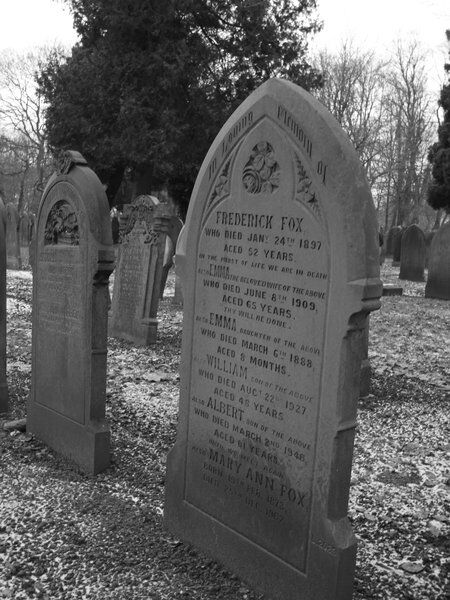
Inside Southern Cemetery
Registrar's Office and Entrance Gateway
The cemetery's grade II listed registrar's office, near the main entrance gateway, was constructed in 1879. This building, designed in the neo-Gothic style, has sandstone walls and slate roofs. Its a significant landmark in the cemetery and highlights architectural preferences of the Victorian era.
Gothic Chapels
Within Southern Cemetery, there are three service chapels, each of which are now listed buildings. However, only one remains operational for funeral services today, catering to Anglicans, Roman Catholics, nonconformists, and Jews. The other two chapels have fallen into a state of disrepair.
The Remembrance Lodge
On 1st October 2008, Southern Cemetery built the Remembrance Lodge. This lodge houses the Book of Remembrance, where skilled craftsmen hand-create memorial inscriptions.
The walls of the lodge are hung with plaques that honor the departed, remaining in place for five years before being moved to an external wall with an option for renewal. Visitors can give the plaques a personal touch by adding photographs and badges.

Manchester Crematorium
Adjacent to the northwest corner of Southern Cemetery on Barlow Moor Road is the Manchester Crematorium. Officially opened on 22nd August 1892, by Hugh Grosvenor, the 1st Duke of Westminster, it was the United Kingdom’s second crematorium, after Woking Crematorium.
Monuments
One important memorial commemorates the victims of the Katyn massacre, in which 22,000 Polish nationals were killed by the Soviet NKVD in 1940. Situated alongside Princess Parkway, amidst a landscape dotted with Polish graves, this memorial was erected in 1990.
There is also a memorial dedicated to the 1980 Tenerife Air Disaster. During this tragedy all 146 passengers aboard Dan-Air charter flight 1008 died after it collided with a hillside in Tenerife. Within a grassed enclosure, slate tablets bear the names of the victims, committing their names to memory forever.

War Memorials
"Their name liveth for evermore.”
Southern Cemetery honours the sacrifices of both world wars with solemn war memorials. The World War I Memorial, positioned on a triangular plot near the main entrance on Barlow Moor Road, has a stone Cross of Sacrifice and a poignant screen wall inscribed with the names of the fallen.
Adjacent lies the World War II Memorial, which has its own stone Cross of Sacrifice and walls inscribed with the names of those who perished. But this memorial also features a Polish War Memorial, honoring 17 Polish servicemen buried at the cemetery. It also importantly recognises soldiers buried in other cemeteries whose plots may have fallen into obscurity, so that their sacrifice was not in vain.

War Graves
Within the Southern Cemetery, the Commonwealth War Graves Commission registers and maintains the final resting places of 775 Commonwealth service personnel from the First World War and 475 from the Second World War. Scattered throughout the cemetery, with some centred around the two war memorials, these graves represent the toll of conflict.
Among the war graves lie two recipients of the Victoria Cross: Major Henry Kelly, honored for his bravery during the First World War; and Colour Sergeant John Prettyjohns, who served in the Crimean War and was the first Royal Marine to receive the award.
As an indication of the global reach of conflict, Manchester-born Philip Baybutt, who earned the Medal of Honor during the American Civil War, is also buried and honoured at Southern Cemetery.
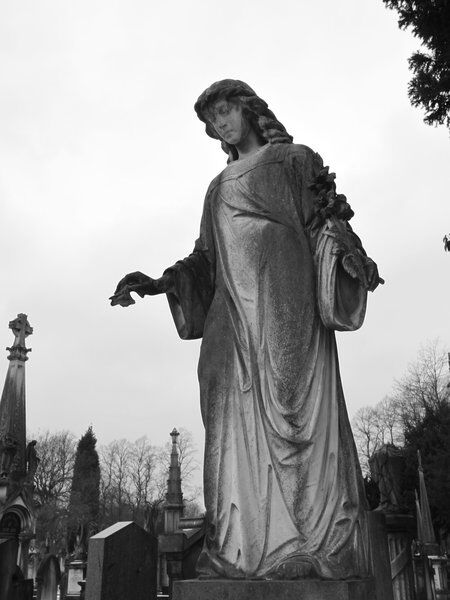
Who is Buried in Southern Cemetery?
John Rylands
One of the cemetery's most prominent figures is John Rylands, Manchester's first multi-millionaire and a renowned industrialist and philanthropist. His memorial is the grandest in the cemetery, although it has suffered some alterations and theft over the years. The bronze railings were stolen around 1967, and part of the original structure was removed in 1927.
Rylands' widow, Enriqueta, has her ashes interred in the vault below his monument. Nearby are the graves of others associated with Rylands' firm, including Reuben Spencer and William Carnelley.
Sir John Alcock
Pilot, Sir John Alcock—who made history with the first non-stop transatlantic flight from Newfoundland to Clifden, Ireland, in 1919—is commemorated with a Grade II listed white marble Celtic cross at Southern Cemetery.

Sporting Figures
The cemetery is the final resting place for several sports legends, including Sir Matt Busby, the manager of Manchester United F.C., and his wife, Lady Jean Busby. Another football star, Billy Meredith, who played for both Manchester City F.C. and Manchester United, is buried here.
Willie Satinoff, a racecourse owner who tragically died in the Munich air disaster, also rests in Southern Cemetery. As does Frank 'Golden Boy' Johnson, a celebrated English boxer from the mid-20th century.
Music and Cultural Burials
Anthony Howard Wilson, the co-founder of Factory Records and a big character in Manchester's music scene, is also buried at Southern Cemetery. His headstone, designed by Peter Saville and Ben Kelly, was installed in October 2010. Alongside him are Robert Gretton, manager of Joy Division and New Order, and record producer Martin Hannett.
Dr. Henry Watson, a composer and music teacher, renowned for his generosity, bequested the foundation of the Henry Watson Music Library, in Manchester. His passion for music continues to inspire generations of musicians, with his final resting place at Southern Cemetery.

Tragic and Infamous Burials
The cemetery also holds graves with darker histories. Victims of the Moors Murders, Edward Evans and Leslie Ann Downey, are buried here, although Downey's gravestone was removed due to vandalism. Desmond Noonan, a prominent Manchester gangster, is also interred in Southern Cemetery.
Botanists, Politics, and Engineers
Southern Cemetery includes the graves of engineers and botanists. This includes Daniel Adamson, a key figure behind the Manchester Ship Canal, and Sir Alfred Ernest Marples, a distinguished British politician, who played a significant role in the development of the UK motorway system as Minister of Transport. Botanist Leo Grindon also rests in the cemetery, highlight the diversity of the contributions of those interred within its grounds.

Famous Artists
Laurence Stephen Lowry, the celebrated Stretford-born artist, is buried next to his parents, having been laid to rest there in 1976. The arts community is further represented by John Cassidy, an Irish sculptor and painter, and Maria Pawlikowska-Jasnorzewska, a Polish poet.
Additionally, Yorkshire-born radio presenter Wilfred Pickles and his wife Mabel are buried together, along with singer and actress Maud Boyd.
Manchester Police Force
Sir Robert Peacock, born in Northumberland in 1859, emerged as Manchester City Police's longest-serving chief constable. After assuming the position at 29 and lasting 28 years in the role, the Manchester Guardian called him the "doyen of chief constables." He came to rest at Southern Cemetery in 1926.
Another character from this world also buried in the cemetery, was Jerome Caminada, a legendary detective known as Manchester's "Sherlock Holmes.”
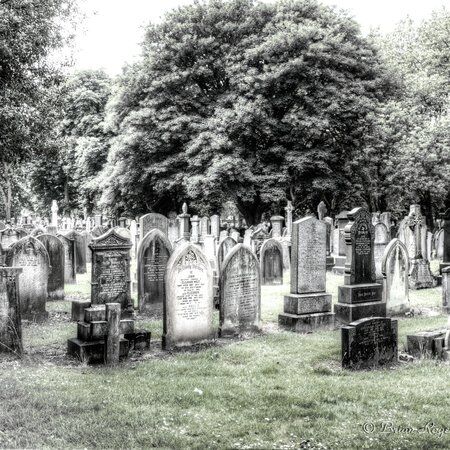
Exploring the Graves with Guided Tours
One way to understand more about these characters is by taking guided tours of the cemetery. Led by knowledgeable guides like Emma Fox, these tours give information about the lives of Manchester's past residents, from the Victorian era to the present day.
Emma, an expert in Manchester’s industrial heritage and cultural history, has been conducting tours since 2012. Her passion for the city's history shines through as she shares stories about the cemetery's dead and the broader cultural and architectural significance of Manchester.
Interested in finding more places like this? Try one of our CityDays Manchester Treasure Hunts - untangle cryptic clues as a team, as you are taken on a journey to the most unique, unusual and bizarre corners of Manchester.











